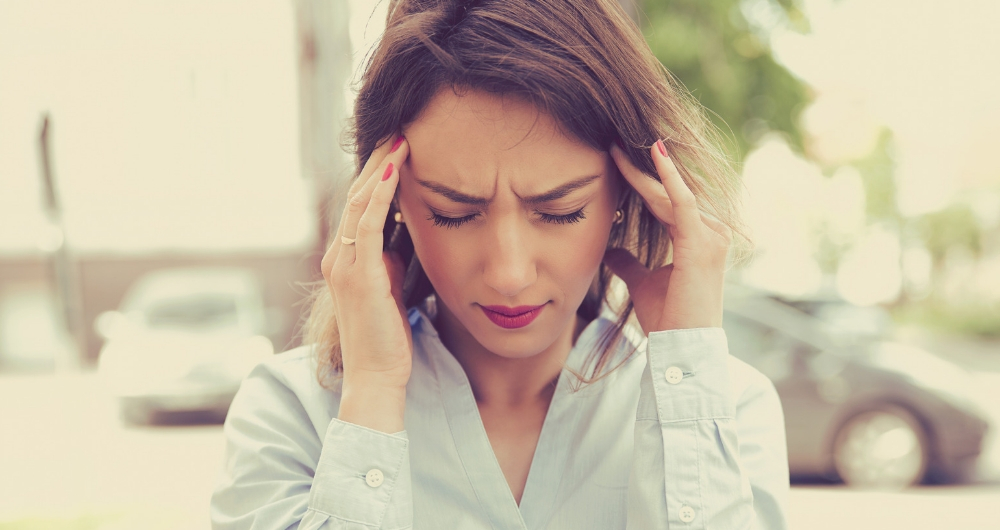
What is considered a migraine headache?
A migraine is more than just a bad headache. Migraines can be very painful and at times, unbearable. But what exactly is it?When blood vessels in your brain narrow, they need oxygen. When this happens, other blood vessels expand to take in more oxygen and a migraine occurs. This causes you to have the throbbing migraine that can last hours or days.
What are the symptoms of migraines?
To determine if you have a migraine headache, it’s important to track your symptoms and the number of days you experience headache pain. The following symptoms should be shared with your primary care physician:- An aura may occur before or during. These can include flashes of light, blind spots, or tingling on one side of the face, arm or leg.
- A severe, throbbing headache, sometimes only on one side of the head or around one eye lasting hours to days
- A headache that worsens with exertion
- Nausea and vomiting
- Extreme sensitivity to sound
- Arm or leg weakness
- Difficulty speaking or confusion
- Severe exhaustion, confusion, or moodiness – sometimes lasting several days after the headache goes away
If you are not sure your headaches are migraines, keep track of what triggered your headache and talk to your primary care physician. Triggers can be:
- Stress or anxiety
- Sleep problems
- Strong odors
- Tobacco
- Missed meals
- Flashing lights
- Hormonal changes
- Food triggers like wine, aged cheeses, pickled foods, pepperoni, and salami
Tracking will help your primary care physician decide if your headaches are migraines. If they are migraines, your doctor may refer you to a neurologist.
At-Home/Alternative Treatments
Taking care of yourself at home and exploring some alternative therapies may help you relieve chronic painTry self-relaxation techniques. Meditation and deep breathing can help calm your mind and ease migraine pain. Try these in a quiet, dark room when you feel a headache starting.
Create regular sleep habits. Too little or too much sleep can affect your migraines. Stick to a routine where you fall asleep and wake up at the same time every day.
Get a massage. Researchers are studying the effectiveness in massage therapy preventing migraines, but massage can help lower stress and anxiety – common migraine triggers.
Exercise regularly. Exercise has many benefits including reducing stress, improving sleep, and releasing endorphins – the body’s natural painkillers. The American Migraine Foundation shares more tips on how to use exercise to prevent migraines/headaches.
Acupuncture. During this treatment, thin, disposable needles are inserted into the body at specific points. Clinical trials are showing positive results in helping relieve headache pain.



